September 2006
I went to Chew on 30th, mainly to do some tests with the 80-400 mm zoom lens because I will go on a trip later this year that will include some great opportunities to photograph flying seabirds while travelling fairly light. On the D2X, the autofocus is just about fast enough, and if the lens is stopped down to f8 or so, gives sharp results, at least at shorter focal lengths. These black-headed gulls were photographed this way.
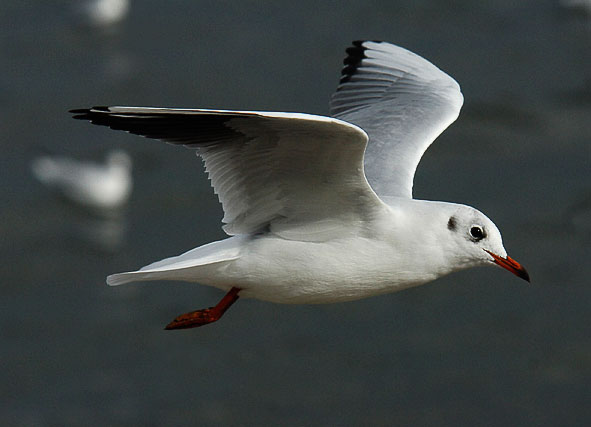
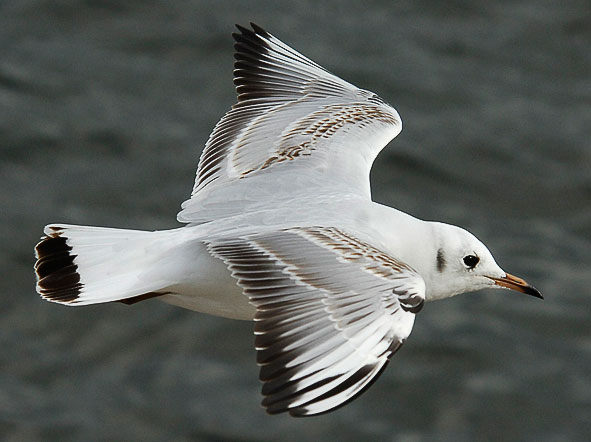
This shoveler (juvenile male?) was photographed at 400mm with the crop factor set to 2x.
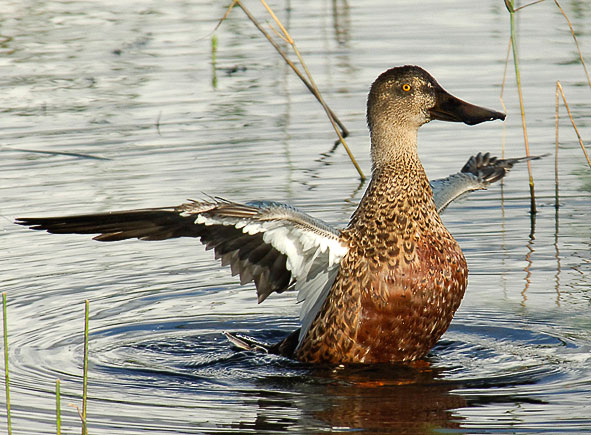
Other birds included a black-necked grebe, juvenile common tern, 3 black terns, 3 green sandpipers, a little egret, and probably the female ferruginous duck which disappeared behind an island before I could get a positive i.d.
This silver-haired bat turned up in Liverpool last October. The species is migratory in America, though probably hitched a lift to Liverpool docks by boat.
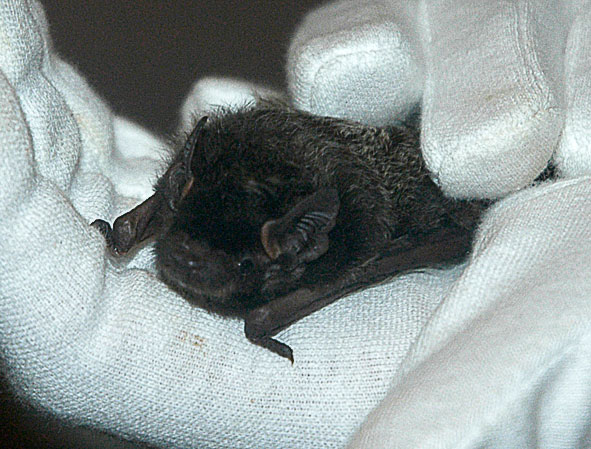
Juvenile pectoral sandpiper, Slimbridge.
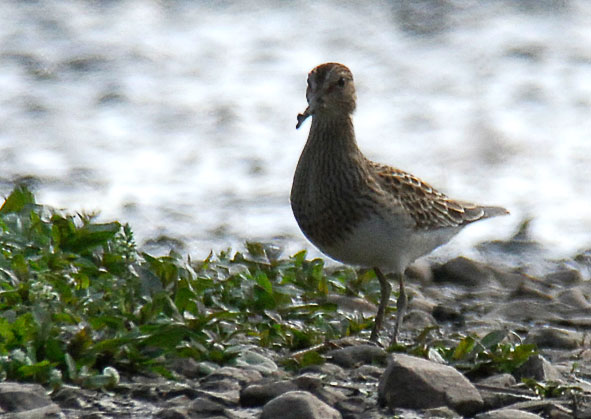
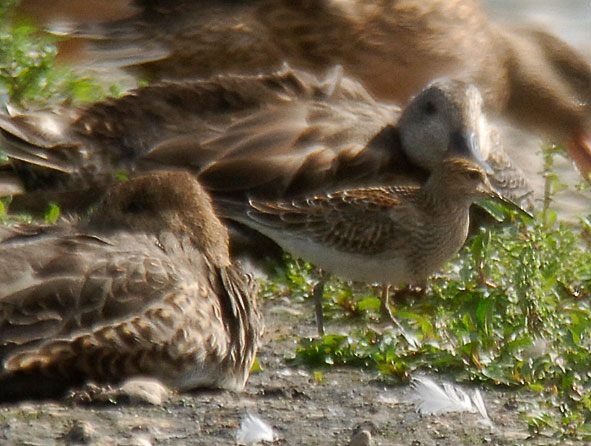
I was in Portugal between 11-15 September visiting Hugo Rebelo who is working on predicting the distribution of barbastelles, and how distribution may affect genetic structure. After giving a talk at Porto University on 12th, we drove south to Evora. During the mornings of 13th and 14th, we had some time for birdwatching around Evora. The area is dominated by cork oak savannah-type woodland. The cork is stripped from the trees at 9-year intervals. The cork oak sylvo-pastoral woodlands are the most extensive in Europe, and are an impressive sight.
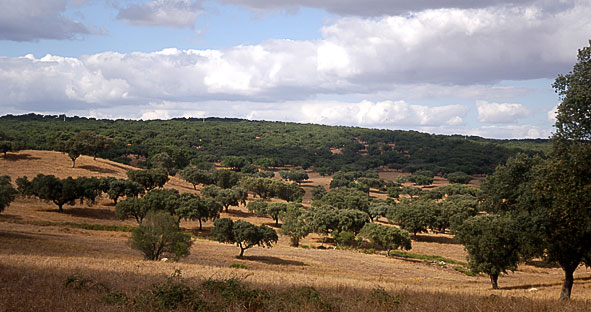
The other dominant habitat around Evora is extensive arable grassland. There is a successful agri-environment scheme that encourages farmers to preserve habitats suitable for bustards and other grassland birds. The diversity and abundance of birds in these grasslands was impressive.
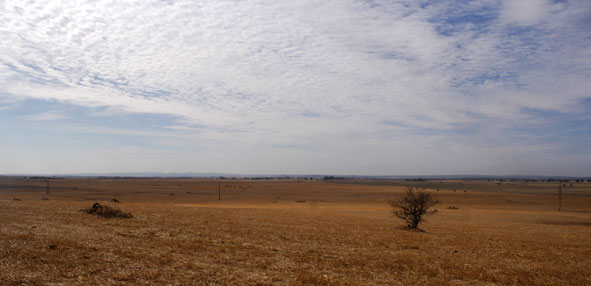
Little owls frequent exposed piles on rocks on the grassland.
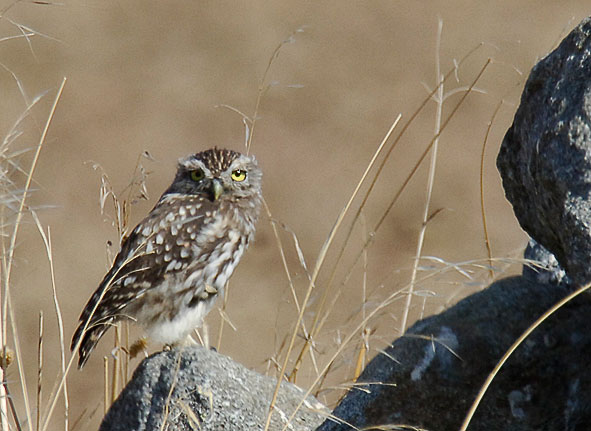
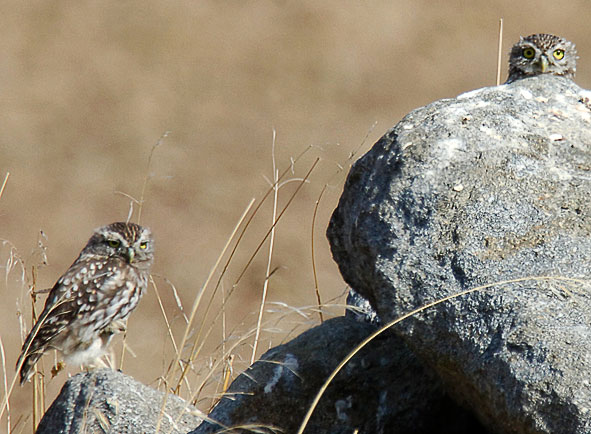
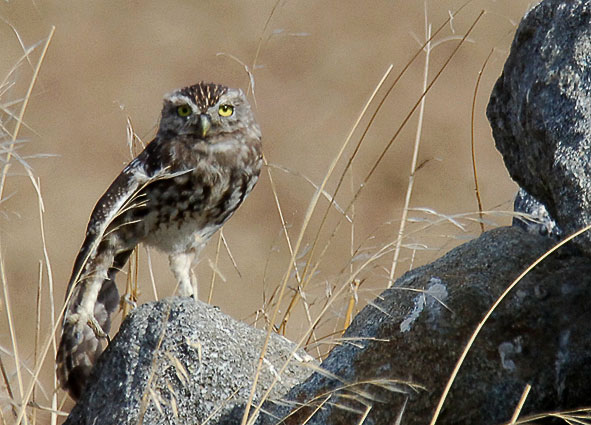
Birds on the grassland included Montagu's harrier, small hunting groups of lesser kestrels, crested larks (didn't see any obvious thekla larks), short-toed larks, tawny pipit, black-eared wheatear, southern grey shrike, and wild red-legged partridge. We were fortunate to see 3 little bustards and 6 great bustards, including this group of 5.
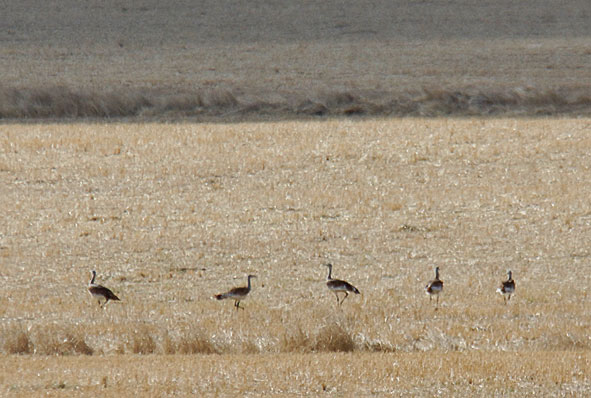
I also had decent views of hoopoes.
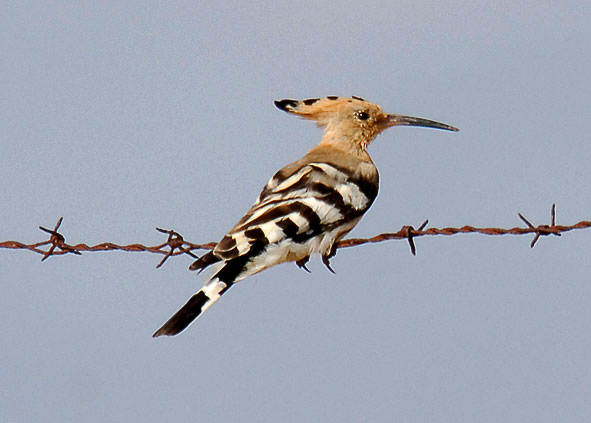
There were white stork nests everywhere, but we saw no birds on them. I wondered whether the storks had migrated, but a disturbance at Evora rubbish tip put hundreds of them into the air: apparently many storks are now resident in the area.
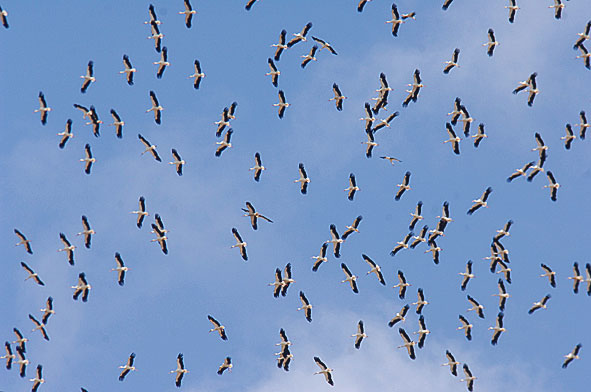
Cattle egrets were widespread, feeding around herds of cattle.
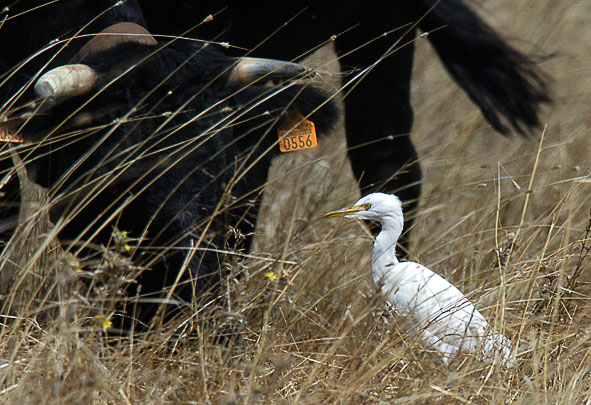
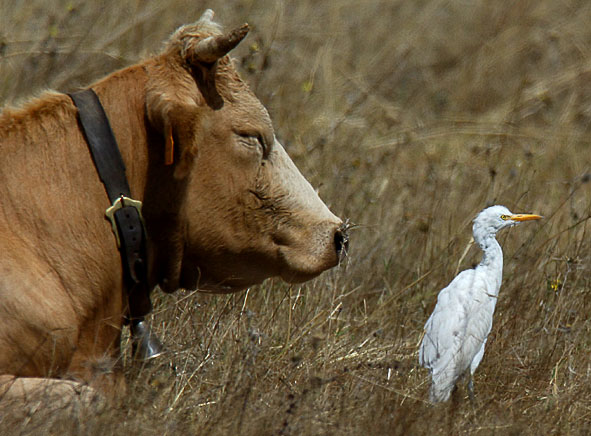
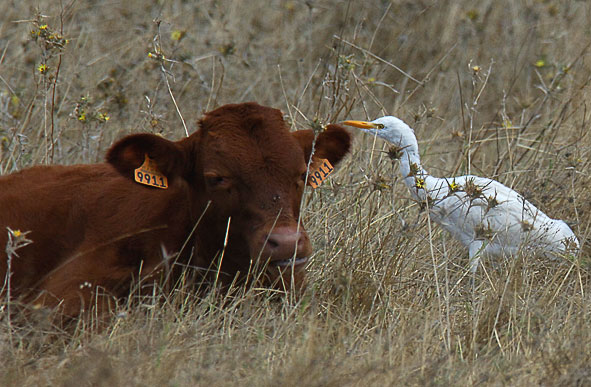
The birds seen on the trip are listed below:
- Cattle egret - widespread.
- Little egret - Tagus estuary, Lisbon.
- Grey heron
- White stork - 100's, Evora rubbish tip. Nests widespread.
- Greater flamingo - many, Tagus estuary, Lisbon. Watch them from the new motorway bridge.
- Mallard
- Booted eagle - at least 4 pale phase birds over the cork woodlands.
- Black kite - 1 near Evora.
- Black-winged kite. A surprising sight of one hovering next to the motorway nar Cartaxo, N of Lisbon.
- Montagu's harrier - about 3 around Evora.
- Buzzard
- Kestrel
- Lesser kestrel. The local breeding site was deserted, but at least one group of 4 hunted over the Evora grasslands.
- Red-legged partridge. One covey near Evora.
- Great bustard. 6 near Evora.
- Little bustard. 3 near Evora.
- Oystercatcher - 2, Tagus estuary.
- Yellow-legged gull. Porto.
- Lesser black-backed gull.
- Black-headed gull. Tagus estuary.
- Feral pigeon.
- Collared dove.
- Tawny owl. Heard around Evora.
- Little owl.
- Scops owl. One heard near Evora. The following night several midwife toads were calling in the rain - a very similar sound to the owls.
- Hoopoe. 3 near Evora.
- Crested Lark.
- Short-toed lark. 3 near Evora.
- House martin.
- Swallow.
- Red-rumped swallow. one near Evora.
- Tawny pipit. 2+ near Evora.
- White wagtail.
- Blackbird.
- Black-eared wheatear. At least one (male, black-throated form) near Evora.
- Northern wheatear.
- Whinchat.
- Stonechat.
- Whitethroat. One near Evora.
- Fan-tailed warbler. Zitting everywhere in the south.
- Spotted flycatcher. One, Evora.
- Southern grey shrike.
- Magpie.
- Azure-winged magpie. A group of birds near the Evora menhirs. Genetically divergent and geographically isolated from the Asian populations.
- Carrion crow.
- Raven. One near Evora.
- Spotless starling.
- House sparrow.
- Spanish sparrow. One near Evora.
- Linnet.
- Goldfinch.
- Greenfinch.
- Serin. Two only near Evora.
The only mammal of note other than the Kuhl's pipistrelle that we caught was the genet: we had good views of several where we were attempting to mist net bats.
Not many waders at Goldcliff soon after high tide in windy conditions on 2nd: highlights were 2 spotted redshank, 2 greenshank, 4 black-tailed godwits and about 60 knot. 4 little stints, 3 curlew sandpipers and a greenshank on 10th.











